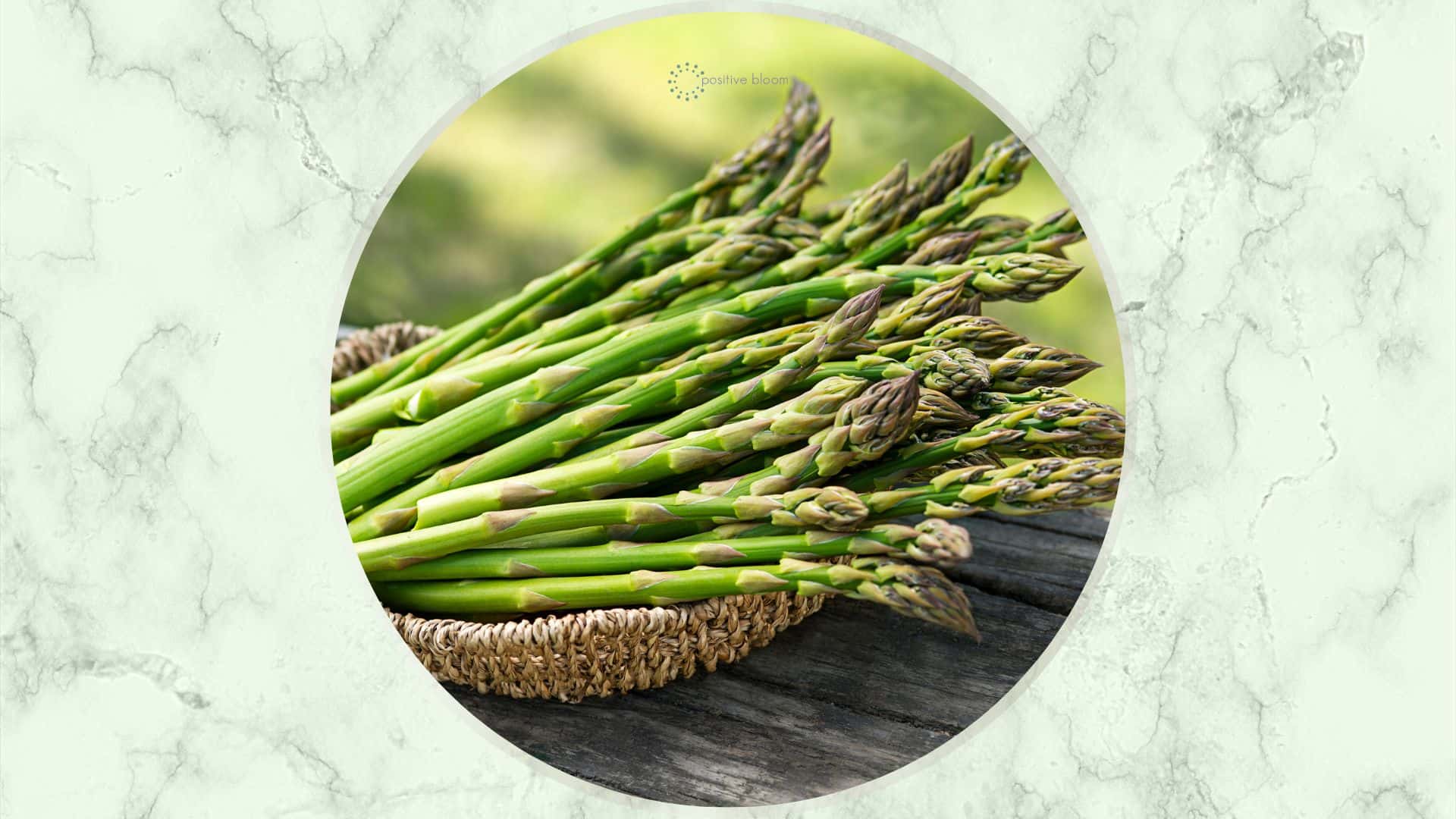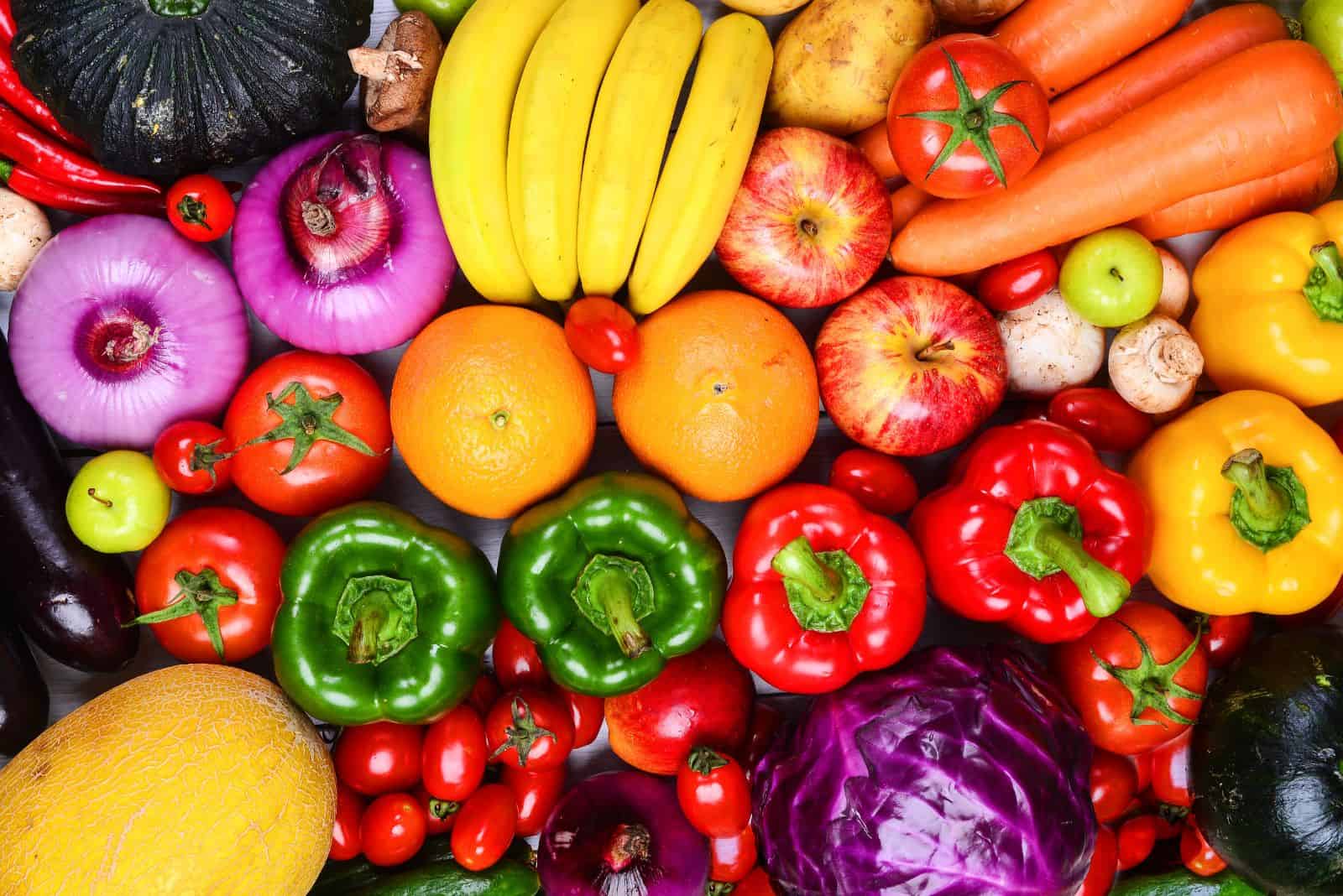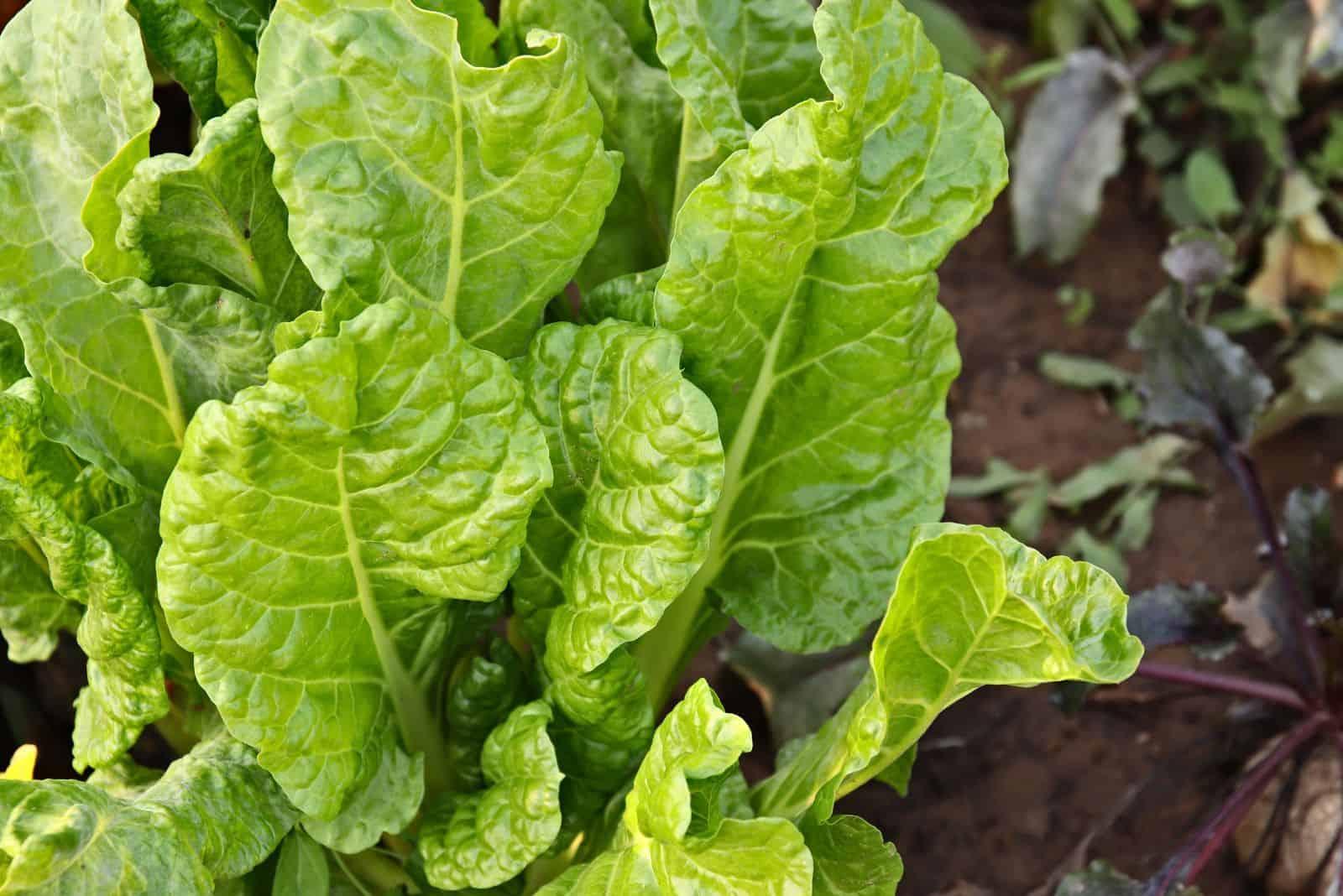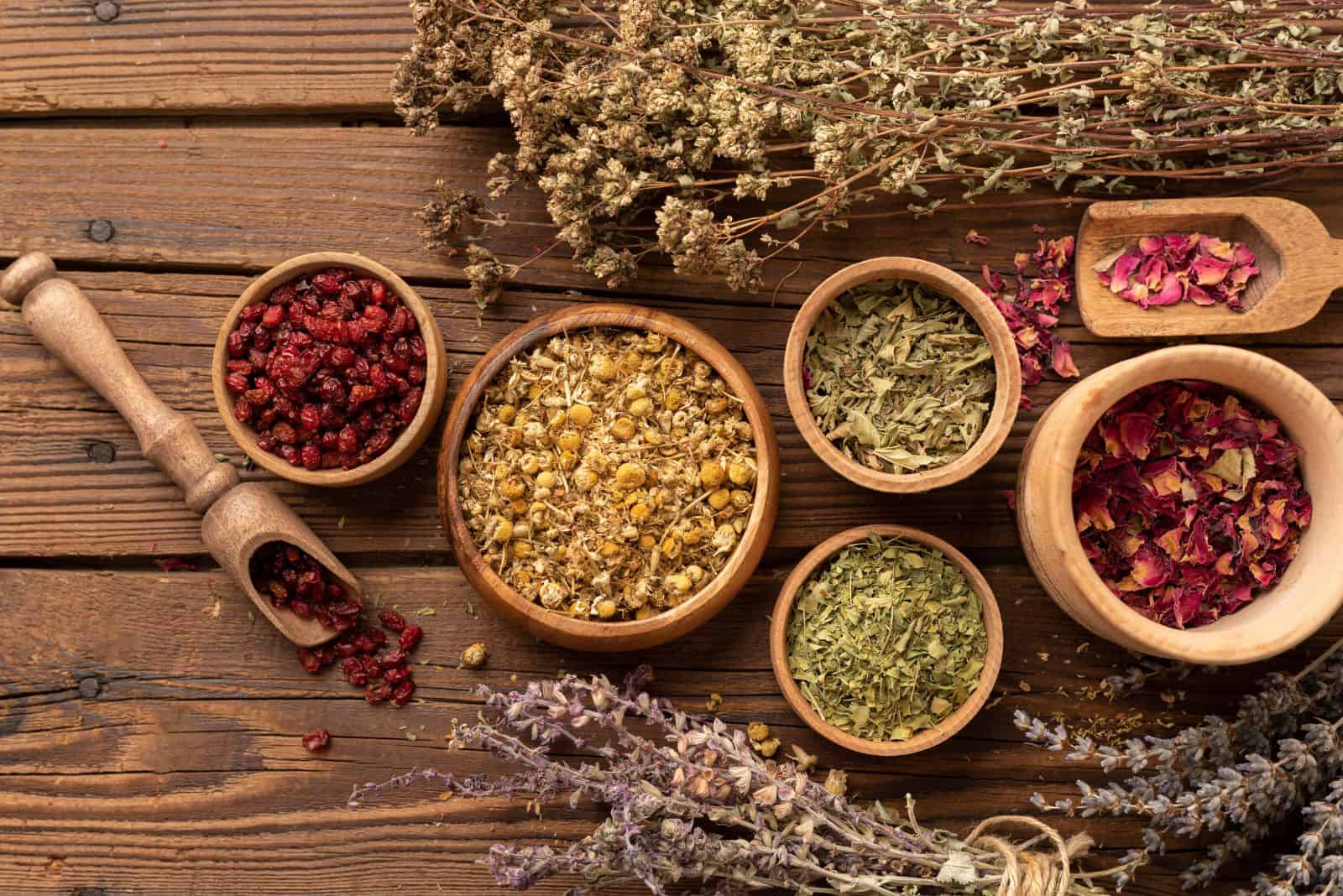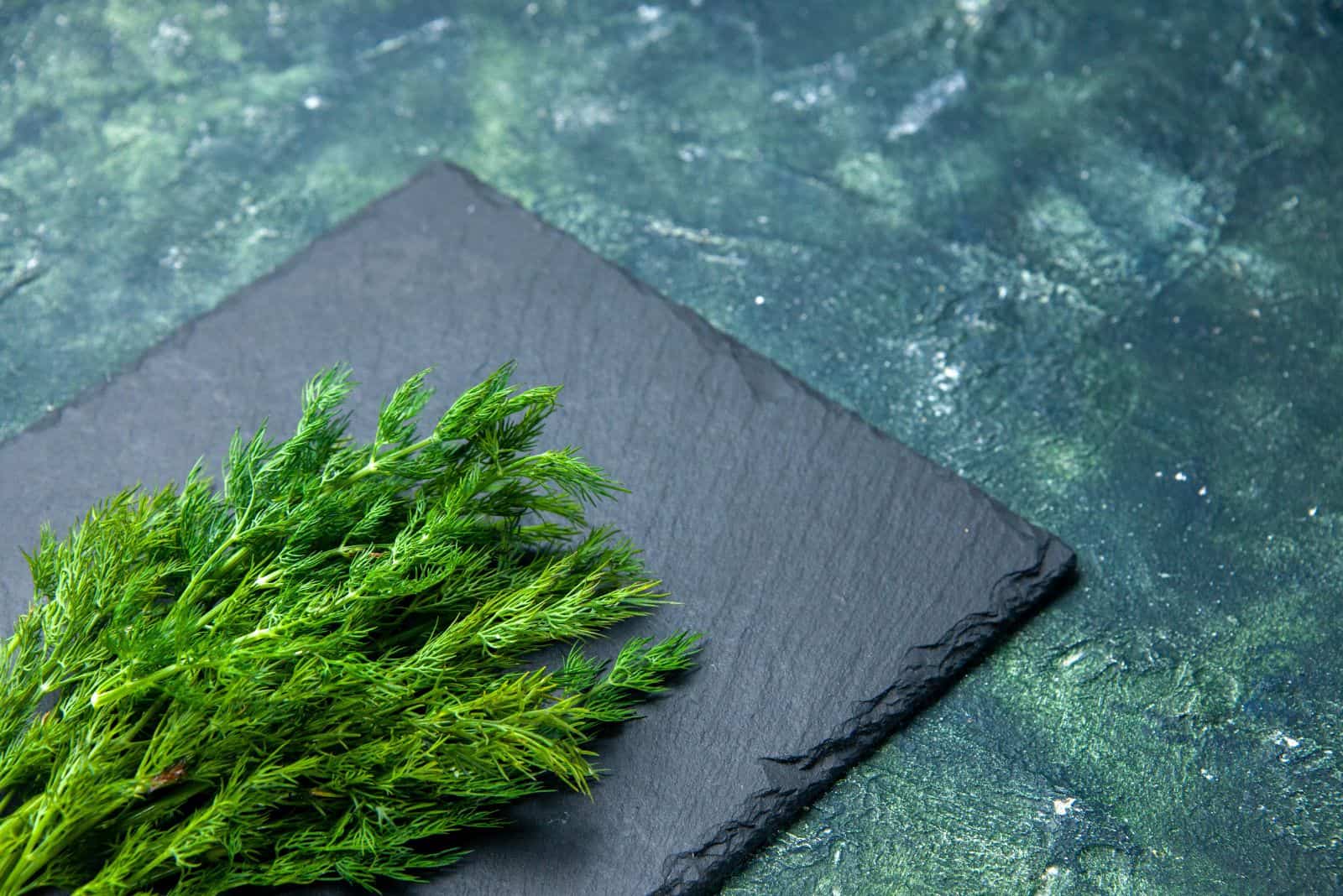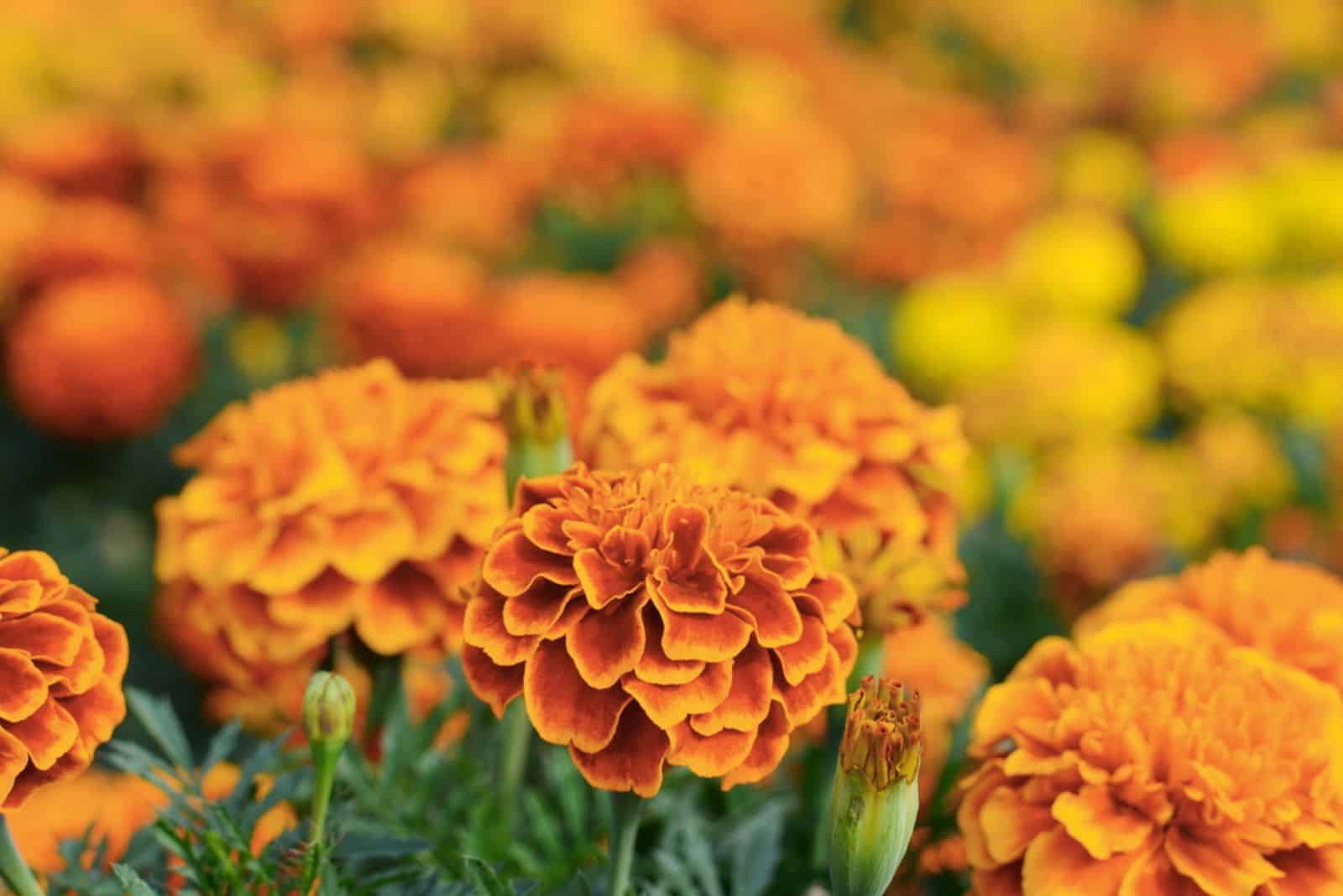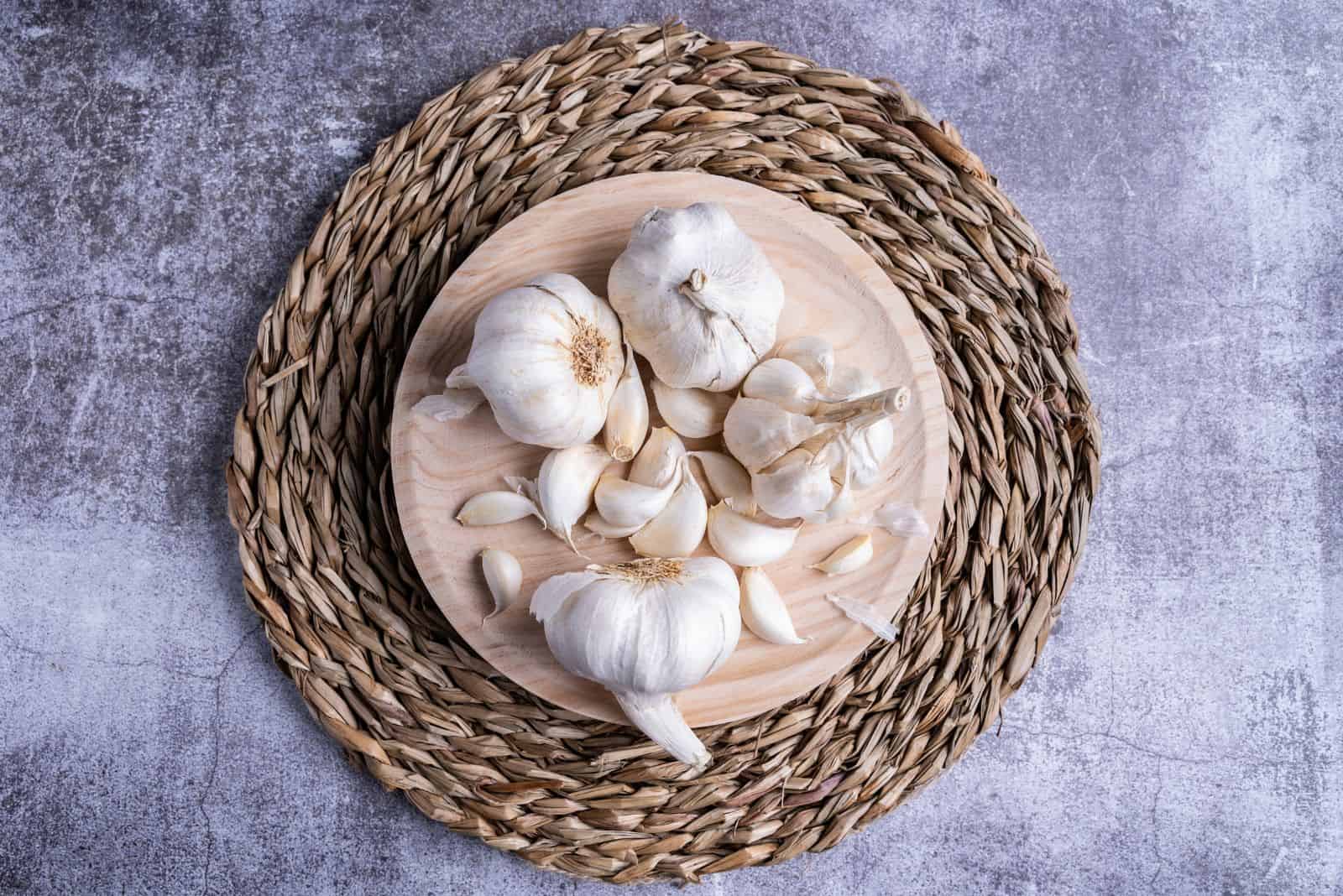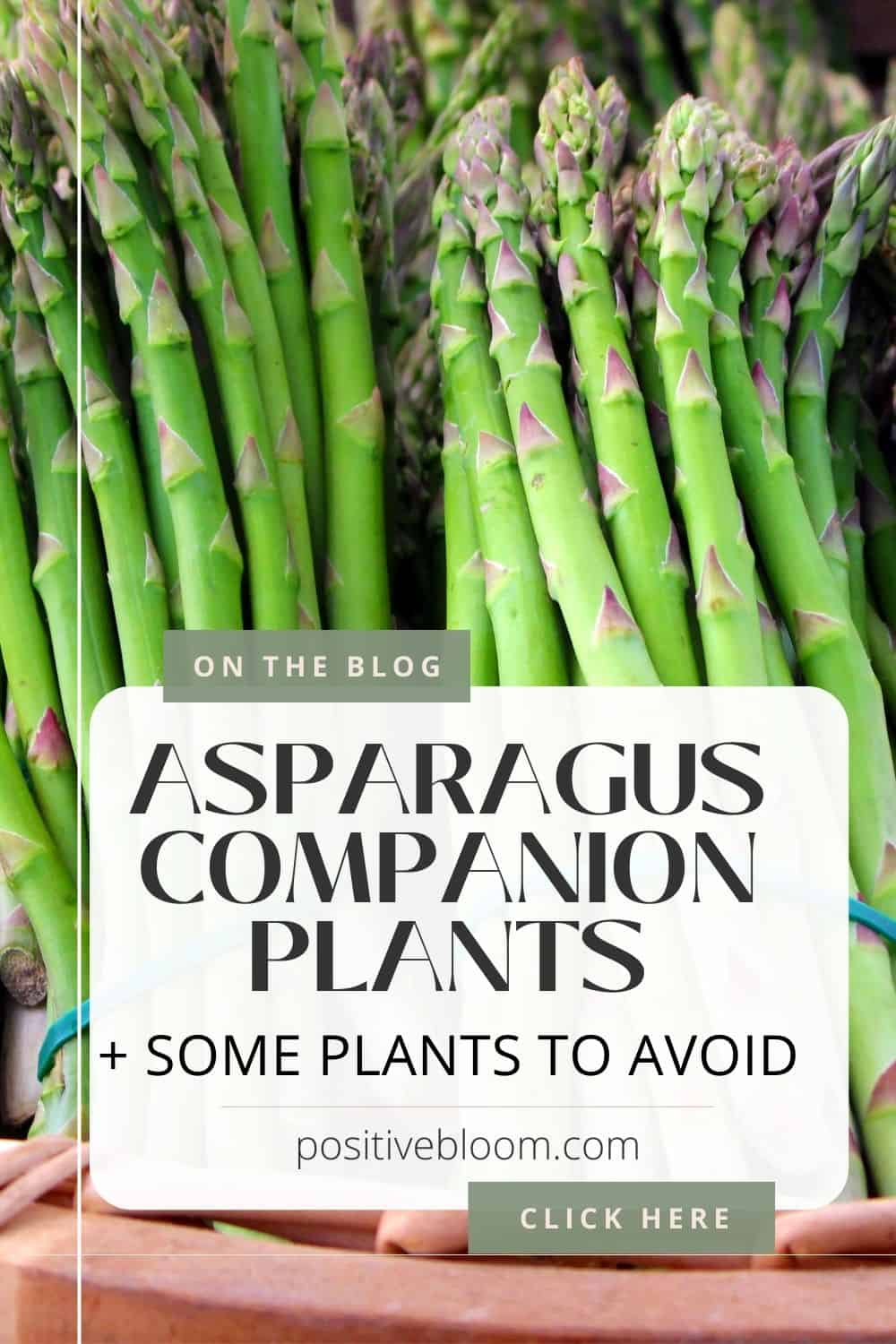When it comes to plant cultivation, growers are mainly concerned with light, soil, temperature, and so on.
But there are other ways we can help our plants to grow healthier. Companion planting is an excellent way to enhance plant growth, repel pests, protect plants from diseases, and attract pollinators and beneficial insects.
In this article, I’ll tell you more about asparagus companion plants, their features, and their benefits. I’ll also tell you more about certain species you should avoid planting near your asparagus.
Let’s get started!
Asparagus Companion Plants
Asparagus goes through 7 growth stages and may face different issues, such as pest infestations and disease. Asparagus beetles, nematodes, aphids, and whiteflies can all affect asparagus growth and decrease yield.
Companion planting is an excellent way to protect asparagus from these insect pests. Additionally, some plants may improve soil fertility and attract beneficial insects and pollinators.
Some of the best asparagus companion plants include veggies such as tomatoes and rhubarb, fruit such as strawberries, herbs such as comfrey and coriander, and flowering plants such as petunias and marigolds.
Let’s discover what makes these plant species good companion plants for Asparagus!
Fruits & Veggies
Vegetable gardens should contain plants that grow well when planted near each other. The great thing is that you won’t only deter pests and enhance plant growth, but you’ll also get delicious crops!
Let’s see some veggies and fruits that make great companion plants.
Rhubarb (Rheum rhabarbarum)
The main reason I started growing rhubarb in my garden was to make rhubarb pie. These plants are pest-free and easy to maintain. Their strong smell repels pests such as whiteflies, aphids, and thrips, which are common issues for asparagus.
When planting rhubarb, make sure it has enough space because it may inhibit the growth of other plant species. Also, don’t forget to feed your rhubarb for best results.
Tomatoes (Solanum lycopersicum)
If you are looking for the best companion plant for your asparagus, then look no further than tomato plants.
Sweet tomatoes will deter the pests that bother asparagus most, asparagus beetles. The main reason tomatoes have this ability is the solanine they contain.
They’re also great companion plants for carrots.
Asparagus isn’t the only one that will benefit from this friendship; its ability to deter nematodes will save the tomato root system.
Eggplants (Solanum melongena)
Solanum melongena, aka eggplant, is another plant from the nightshade family. It also contains solanine, so growing it in your garden will help you deter asparagus beetles.
On the other hand, eggplants will reach their final growth stage unbothered by naughty nematodes thanks to asparagus.
Horseradish (Armoracia rusticana)
Another good companion plant for asparagus is Armoracia rusticana, aka horseradish. It repels pests such as aphids and whiteflies.
The great thing about horseradish is that it can also deter tiny rodents such as moles. This means horseradish makes an excellent companion not only for asparagus, but also for rhubarb and strawberries. What a delicious combination!
Leafy greens
Spinach roots are pretty shallow, so they won’t get in the way of the deep roots of asparagus plants.
These leafy greens have a fast growth rate, so they won’t steal food from your asparagus. The large spinach foliage traps soil moisture and decreases soil temperatures.
It can also act as a trap crop for insects, so planting it between asparagus rows is an excellent idea!
Similarly, beets are shallow-rooted plants and mature earlier than asparagus, so the two won’t fight for food.
Some members of the Aster family, such as lettuce, also make great asparagus companion plants. Their role is similar to those of spinach and beets.
Strawberries (Fragaria)
We aren’t talking about black strawberries here! All jokes aside, true strawberries make excellent companions for asparagus.
These plant species thrive in similar conditions, such as well-draining soil and direct sunlight, but their growing season differs.
The roots of asparagus penetrate deep into the soil, whereas the roots of strawberries are pretty shallow.
Therefore, the asparagus will ‘prepare’ the soil and increase harvests. Plant asparagus alongside a strawberry cultivar that bears fruit in early June.
You can harvest your strawberries before your asparagus reaches its full size.
Strawberries are also good blueberry companion plants.
Herbs
According to the companion planting chart for herbs, these plants make amazing companions. Some act as pest control, while others attract beneficial insects and pollinators.
Let’s see what that means for asparagus!
Comfrey (Symphytum officinale)
Comfrey isn’t only a great raspberry companion plant; your asparagus will also appreciate being planted near comfrey.
The lovely purple blossoms of comfrey plants draw in pollinators, whereas its roots draw in nitrogen-fixing microorganisms.
Comfrey will ensure better yield in asparagus beds and also act as mulch.
Basil (Ocimum basilicum)
Basil is an excellent companion plant for asparagus, and forms a symbiotic relationship with many other plants.
This is a pungent herb that’s known as one of the best asparagus beetle repellents. It’ll also attract ladybugs, which will destroy mealybugs, whiteflies, and aphids.
Basil stems may turn brown if you don’t ensure enough light, so find a spot in your garden bed with great sun exposure.
Dill (Anethum graveolens)
Ladybugs, parasitic wasps, and lacewings seem to love dill, and asparagus needs these insects to help it fight against aphids and other nuisances.
So, these two will be best friends in your raised beds. Luckily, dill doesn’t affect the taste of asparagus, so interplanting them is a great idea.
Dill is also a good companion plant for Alliums such as onions, and brassica plants such as broccoli.
Parsley (Petroselinum crispum)
Parsley and asparagus get along very well. When planted together, they’ll promote each other’s growth.
You’ll get even more delicious crops and tasty spices for cooking!
Additionally, parsley will repel common garden pests and ensure a safer environment for your asparagus.
Plant it between asparagus rows to save some space. Be careful when harvesting parsley, as you can quickly kill the plant if you do it incorrectly.
Cilantro (Coriandrum sativum)
I love growing cilantro as a groundcover. It makes a good companion to asparagus as it repels garden pests like spider mites, aphids, and whiteflies.
You can plant cilantro earlier so that it ripens faster, i.e., before asparagus reaches its full size.
Cilantro also provides shade in rows, which discourages weed growth and decreases the water evaporation rate from the soil.
Flowering Plants
If you want to add some companion plants for your asparagus that will also contribute to the appearance of your garden bed, consider growing some of the flowering plants below.
Marigolds (Tagetes spp)
There’s no need to tell you about the beauty of marigolds. No matter the species, these unique plants from the Aster family make an amazing addition to any layout.
But these plants also have many benefits for asparagus and your garden in general.
First, these plants produce chemical substances that deter dangerous nematodes. This is an excellent feature since it may be challenging to get rid of nematodes because they can live on a variety of roots, including weed roots.
Tomato hornworms and their eggs may cause serious damage to asparagus plants, but marigolds will take care of it quickly.
Nasturtium (Tropaeolum majus)
Nasturtium is another good companion plant for many plants, including asparagus. One of the best things about this species is that it draws beneficial insects such as hoverflies.
Aphids, beetles, and whiteflies enjoy feeding on asparagus fronds, but hoverflies will quickly solve the issue.
Your garden will also look lovely and be free of naughty pests.
Petunia (Petunia spp)
Your outdoor garden can benefit from low-maintenance petunias in a number of ways. Hummingbirds and bees enjoy feeding on the vivid flowers of petunia plants.
And although petunias look lovely in hanging baskets, I recommend growing them near your asparagus patch.
Pollinators will gladly come to your asparagus plants after they’re done with petunias.
Petunia branches and blossoms trap soil moisture and decrease soil temperature.
What You Shouldn’t Plant With Asparagus
Onion (Allium cepa)
Although the strong scent of onions repels many pests, they are a big no-no when it comes to companion planting for asparagus.
Onions need a lot of food to grow well, so they’ll compete for nutrients with asparagus. The yield will be poor, and you also risk killing both plants.
The same goes for chives, leeks, and shallots.
Garlic (Allium sativum)
I’m sure you’ve heard of the benefits of garlic plants in outdoor gardens. Well, asparagus strongly disagrees!
Yes, garlic plants do repel many dangerous bugs. Still, their roots penetrate deep into the soil, just like the roots of asparagus.
As a result, both plants will lack the nutrients essential for healthy growth.
If some naughty pests attack your asparagus, you can still use the power of garlic to repel them. Vinegar, water, and garlic oil make an excellent pest-repellent solution.
Potatoes (Solanum tuberosum)
Potatoes are by far the most popular root vegetables. Unfortunately, you can’t combine them with asparagus plants, as they hate each other!
Potatoes are heavy feeders and will leave your asparagus without any minerals in the soil.
Therefore, if you want to grow both these plant species, you’ll need to cultivate them far away.
Wrapping Up
Asparagus is a delicious veggie with low care requirements, making it a great plant for novice gardeners.
Companion planting is one of the best ways to prevent garden pests from affecting your crops.
We’ve seen so many great asparagus companion plants, and I’m sure you’ll find at least one for your garden bed.
Tomatoes, rhubarb, strawberries, dill, cilantro, marigolds, and petunias are great plants to cultivate near your asparagus.
But potatoes, onions, leeks, chives, and garlic are plants you should never grow near your asparagus because they’ll compete for food and impact crop production.
Until next time!
Like this post? Share or pin it for later!

